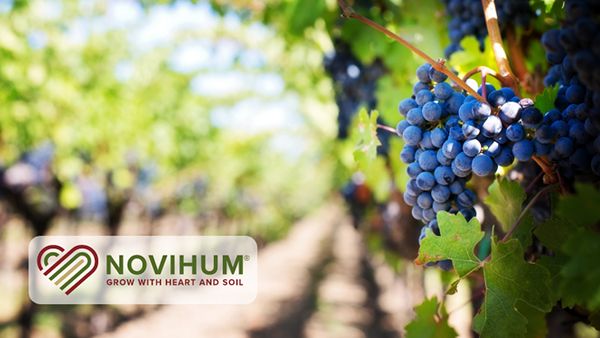More Potassium For Better Stone Fruit And Almond Crops

Potassium deficiency symptoms can include pale leaves, and a reduction in leaf size and shoot growth are reduced. The tip and subterminal margins of leaves may become neurotic, and leaf tips can sometimes curl upward.
Most growers know that fall is the best time to apply certain nutrients to nut and stone fruit orchards, especially boron (B), zinc (Z), and potassium (K). But what they may not know, says Roger Duncan of the University of California (UC) Cooperative Extension, is that their trees may not be getting enough nutrients because commonly recommended levels may not be high enough. That’s particularly true for potassium, says Duncan, a Modesto farm adviser who works primarily with peach and almond growers.
The recommended level for potassium is 1.4% for almonds and 1.2% for peaches in leaf samples that ordinarily are taken in July. In recent years, many growers have begun to question that recommendation, saying they’re getting much better yields by boosting their potassium levels. “A lot of people in the industry think that 1.4% is too low, way too low,” says Duncan. “They think it should be 3, even 4%, but there’s no research to back that up.”
Duncan will be launching a study with some UC colleagues to study the issue and provide sound scientific recommendations for growers. The study will likely take several years, he says. In the meantime, Duncan says growers should consider that 1.4% level as a bare minimum. Potassium is absolutely critical to the translocation of sugars, promoting root growth, and regulating the opening and closing of the stomata for carbon dioxide intake.
Take It Higher
Duncan says there are numerous reasons that growers should keep their potassium levels higher than the traditional recommended rate of 1.4% First, if a grower’s leaf analysis shows 1.4% K this year, it is possible his level will drop below that threshold by next year, which means he may be vulnerable to yield loss. This is particularly true if he set a large crop this year, and an awful lot of growers did.
Second, it’s important to keep in mind that a leaf analysis is an average of all sampled trees. That means that if some trees are higher, some obviously must be lower. “By applying potassium to the whole orchard, you may waste some fertilizer on trees with adequate potassium levels,” says Duncan, “but you are protecting yourself from a few deficient trees bringing your average yield down.”
A Balanced Diet
Why is achieving an optimum potassium level so important? According to Roger Duncan of the University of California Cooperative Extension, potassium nutrition offers the following benefits:
• Formation of starch
• Translocation of sugars
• Regulation of the opening and closing of stomata
• Promotion of root growth by producing uniformly distributed xylem vessels in the root system
• Increase in the size and quality of fruits and nut
Yet another reason for exceeding the 1.4% level is that past studies have centered on the industry’s mainstay variety, the popular Nonpareil. It is possible that some varieties, especially Price, may benefit from slightly higher potassium levels. However, Duncan emphasizes that because little research has been done, it’s difficult to say that other varieties will definitely benefit from higher levels.
Solid Or Liquid?
As part of the potassium study, the researchers will also be looking at the most economical means of applying the nutrient, says Duncan. The cheapest form is muriate of potash (potassium chloride) which like sulfate of potash (potassium sulfate) can be banded on the soil surface in the fall. Those materials must be banded, not broadcast, because negatively charged soils, especially clay, can tie up the positively charged potassium. However, Duncan cautions that potassium chloride should only be applied in orchards with excellent drainage. It should not be applied in orchards with high water tables or other impediments to deep leaching, or chloride toxicity may result.
Perhaps the best method of applying potassium is in liquid form, says Duncan, but that costs roughly double the standard method of banding sulfate of potash, which is about $65 per acre. However, if smaller amounts of the liquid can be used, it may end up being more cost-efficient. A lot of nutrients move with water, and in general, more irrigation means higher nutrition levels, an important point for growers to keep in mind. “Having a good irrigation program will go a long way to making a fertility program better,” says Duncan. “And trees that are water-stressed don’t pull nutrients.”









